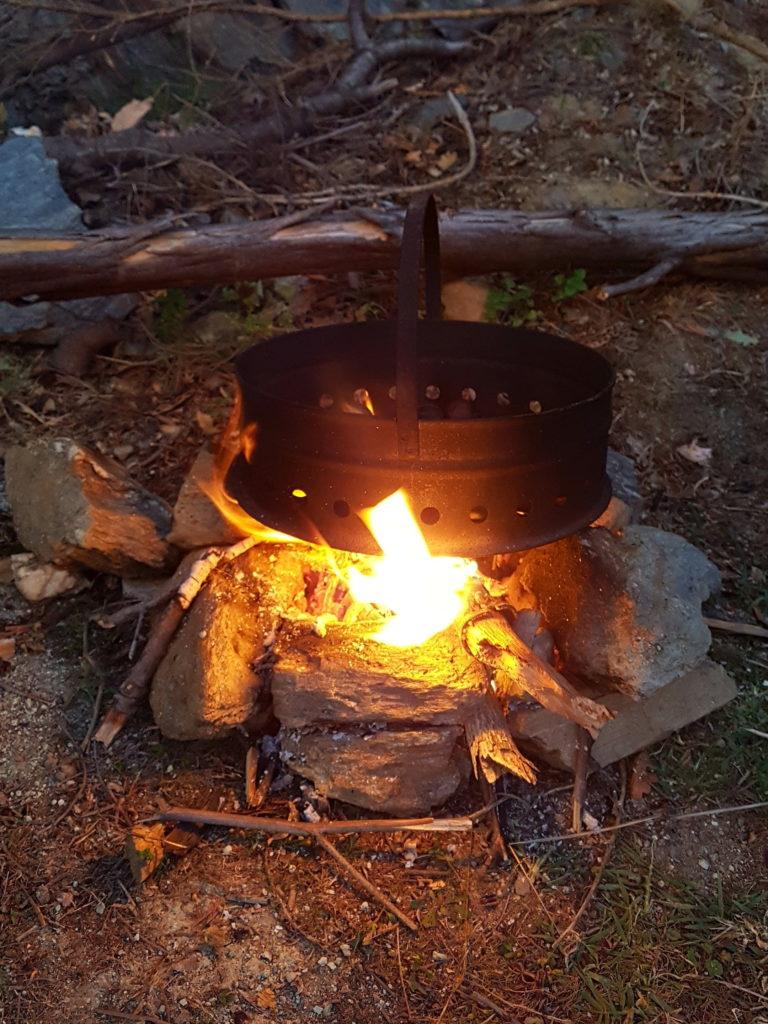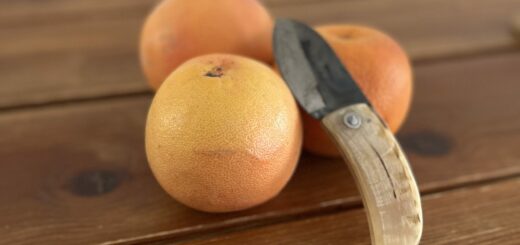Chestnuts in Corsica: from fruit to flour, icons of the Corsican food

Autumn is here. Like in many other places around Italy, Spain, France, or Turkey, October stands for chestnuts in Corsica. But it is not only a matter of seasonal fruit. It is linked, especially in the so-called “Castagniccia” (which can be translated into “the land of the chestnut tree”), to the rhythm of life for generations.
The culture of chestnuts in Corsica goes back to the XIVth century. The island was a Genoese land in those times. The former republic had an ambitious agricultural politic, which led to the plantation of numerous varieties of trees, including chestnuts. For centuries, the chestnut tree had grown along the population, providing wood for every need. It gave, above all, something to feed the population and the animals. Therefore, despite periods of great difficulty, the people of Corsica managed to avoid famine.
Times have changed and obviously, the chestnut tree has no longer the economic importance it used to have until the XIXth century. The Castagniccia, which was one of the most populated regions of Europe (in terms of density) until the XVIIIth, is now close to being a desert. However, the soul of the chestnut still burns. A great part of the Corsicans are still attaching importance to it. For a bunch of roasted fruits or a traditional “pulenda”, we are looking forward to the season of chestnuts in Corsica.
One fruit, many ways to enjoy it

The most courageous of us will enjoy the taste of the raw chestnut. It tastes great, but you have to deserve it: the fruit has two levels of peel and the second one is particularly difficult to remove. And you really have to take it off completely because even a small remain will give a powerful bitter taste to the fruit. So be sure to grab a knife before trying to eat a raw chestnut!
You also have to be able to recognize a good variety of chestnuts from the “wild” ones, which lack natural sugar. Not that it tastes bad, but it may lose interest. Just as you may experience when eating two types of apple. So if you have the opportunity, be sure to get some advice from the locals. They are able to recognize the type of chestnut according to its color, shape, and size. There exist many types of chestnut trees, some of them being specific to Corsica.
The most common way to eat chestnuts is roasted. In the Corsican language, it is called “fasgiole”. We use a specific tool for this, the “testu”, a sort of stove with small holes. We just make some fire, put the “testu” high enough to avoid the chestnuts being touched by the flame, and here we go. Be sure to make a small hole in the chestnut with a knife before roasting. Otherwise, they may explode. Another way to eat chestnuts is to boil them: it is called in Corsica making “ballotte”.
Making chestnut flour

You can obviously make some jam from chestnuts. I also highly suggest trying the candied ones, especially if you are around the village of Evisa. Those made by the Ceccaldi family are great. But the real specialty made with chestnuts in Corsica is flour. It is a heritage from ancient times that makes the culture of chestnuts in Corsica totally different from what is done in other French regions. The chestnut flour from Corsica is a PDO (Farina Castagnina Corsa – Farine de Châtaigne Corse) with very strict making rules (including the conduction of biological agriculture) followed today by the majority of the producers.
The chestnuts fall from the trees, depending on where you are in Corsica, from mid-October until the very beginning of November. For professionals, harvesting takes a few days thanks to the use of nets, previously installed all over the field. When harvesting is done, they have to completely dry the fruits. It takes one to several weeks, depending on the quantity harvested but moreover the drying method. Some farmers use gas-powered dryers, while others still use the traditional method, with woodfire (sometimes both). The first method is fast, and the second is interesting for those who like their flour with a little scent of smoke.
Once the chestnuts are dried you have to peel them, using a dedicated machine. Then comes the crucial part: the sorting. If you want to have good flour, you have to choose clean fruits and no machine can really do this for you. Sorting is the longest step in making chestnut flour and it is mainly what will differentiate (with the choice of the variety harvested) a good flour from a mediocre one. Finally, it is time to mill. According -once again where the production takes place, the first flour is available from the end of November.
Pulenda, Nicci, and cakes

The chestnut flour from Corsica is available almost all year long. Depending on the year the stocks may come short from the middle of summer, but most of the time you can still buy some. It is a product that you can keep for more than a year if you follow the good steps. So feel free to buy flour from the previous year if you find some, and keep it in your freezer. Yes, you can! The flour has obviously no water in it, so the cold will only do its conservation job and you may grab only the flour you need, from time to time, for several years if you buy a good one. The average price of chestnut flour in Corsica is around 20-22€/Kg if you’re willing to buy it directly from the farmer. Please don’t throw away your money in some shops selling it for almost 30€, or more! It is pure stealing.
What can you cook with the flour? Some cakes for sure! I suggest to make a 50/50 between chestnut and grain flour. You have the taste of the chestnut and still the softness of the grain flour. Unless you want a 100% gluten-free cake, which is possible by using chestnut flour only. You can also try the “Nicci”, crepes a bit thick, just like the ones they make in Brittany. And if you’re willing to try an old-fashioned Corsican dish, just add some hot milk to the flour on a plate, and go for it!
The most common way of using chestnut flour in Corsica is to cook a “pulenda”. This mixture of flour and water (and a pinch of salt) makes a very nourishing dish, usually accompanied by fresh cheese, some eggs, and the inevitable “figatellu”, a typical piece of charcuterie made in Corsica. We already talked about the Pulenda here on this site. You can find the recipe and some pictures here.
Now you know the basics about chestnuts in Corsica. I hope it makes you hungry and curious about tasting some next time you visit our island!









